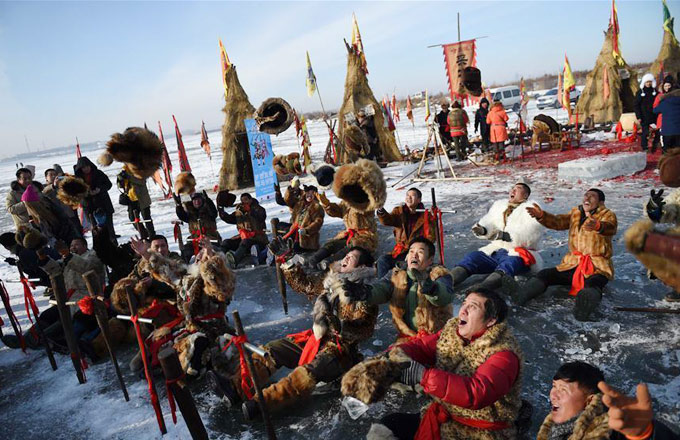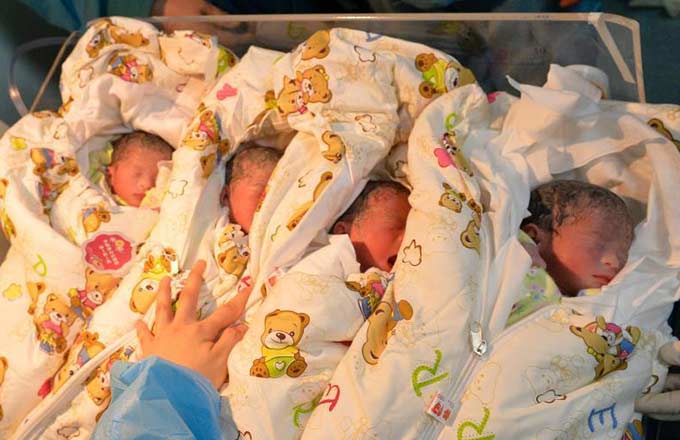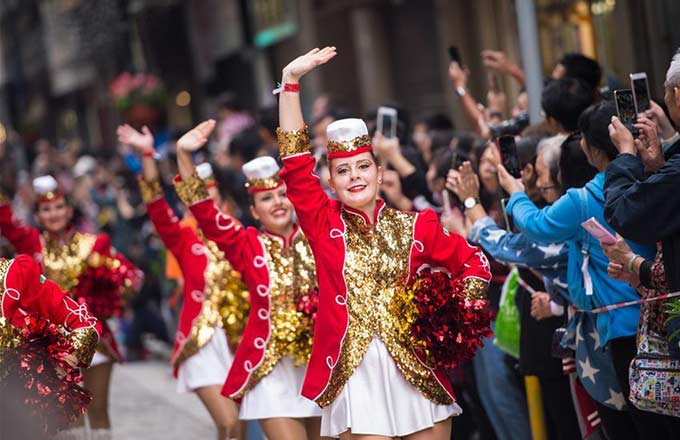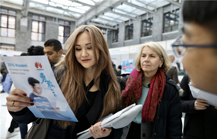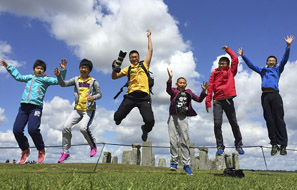Tapestries of history
Shu embroidery (Shuxiu)
As early as the Western Han Dynasty (206 BC-AD 24), the poet Yang Xiong became the first to sing praises of Sichuan embroidery (Shu is the short term for Sichuan).
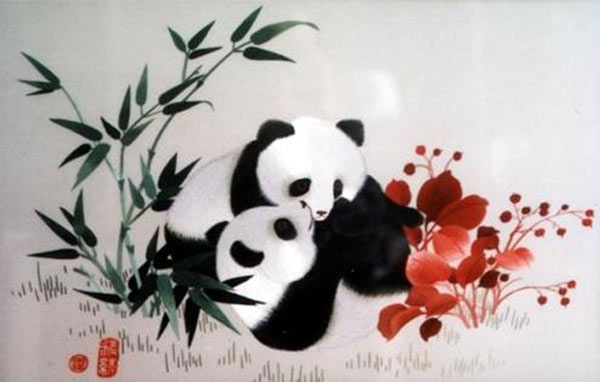 |
| Shu embroidery |
By the Jin Dynasty (AD 265-420), local chronicles showed that embroidery was already considered a "treasure of Sichuan".
Just like in Suzhou, amiable natural conditions were the major reason for Sichuan's booming silkworm breeding industry.
With huge productions of silk and satin, Chengdu, the capital and one of the most prosperous cities in ancient China, was the starting point of the Southern Silk Road.
The Shu Kingdom traded its embroidery for warhorses, and by the Tang Dynasty, Sichuan embroidery and its workers were the major targets of plundering when enemies invaded.
In 1903, the Qing Dynasty government established a bureau for the promotion of handwork in Chengdu, with the embroidery office as a key component. The bureau hired masters to design patterns and did considerable research on embroidering skills.
By the 1970s, the countryside of west Sichuan had as many as 5,000 embroiderers and these grassroots craftsmen produced bed linen and tablecloths, and also embroidered parlor screens for export.
Like Guangdong, Sichuan embroidery was also once known for its male needle workers, although women have largely taken over and now few men are in the trade.
Xiang embroidery (Xiangxiu)
Xiang embroidery is a general reference to works originating from Hunan and neighboring Hubei province (Xiang is the short term for Hunan).
|
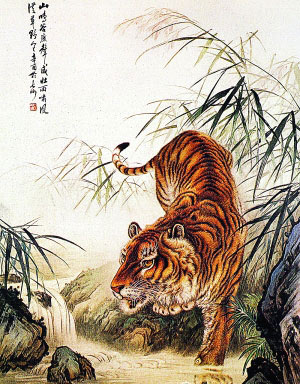 Xiang embroidery |
Old samplers unearthed from Changsha's Chu Kingdom tomb showed that Xiang embroidery was already well developed as early as the Spring and Autumn Period.
Some 40 embroidery pieces found in 1972 at Changsha's Mawangdui, a Western Han Dynasty tomb, are further proof that the skills of Xiang embroidery pieces were at a peak during that period.
It's said that Xiang embroidery had its humble origins in the money purses and tobacco pouches made by the countryside women.
Later, local artists became involved in the design of the patterns and introduced elements of Chinese painting into the embroidery, making Xiang embroidery what it is today.
By the end of the Ming Dynasty, professional embroidery workshops were already common in the city of Changsha.
It is said that Su embroidery is famous for its cats while Xiang embroidery is noted for its tigers.
At the end of the Qing Dynasty, the vivid styles of Xiang embroidery actually outshone the more delicate Su-style. Today, though, it has a relatively low market share, although it is striving to rediscover its past glory.
Contact the writer at hanbingbin@chinadaily.com.cn


